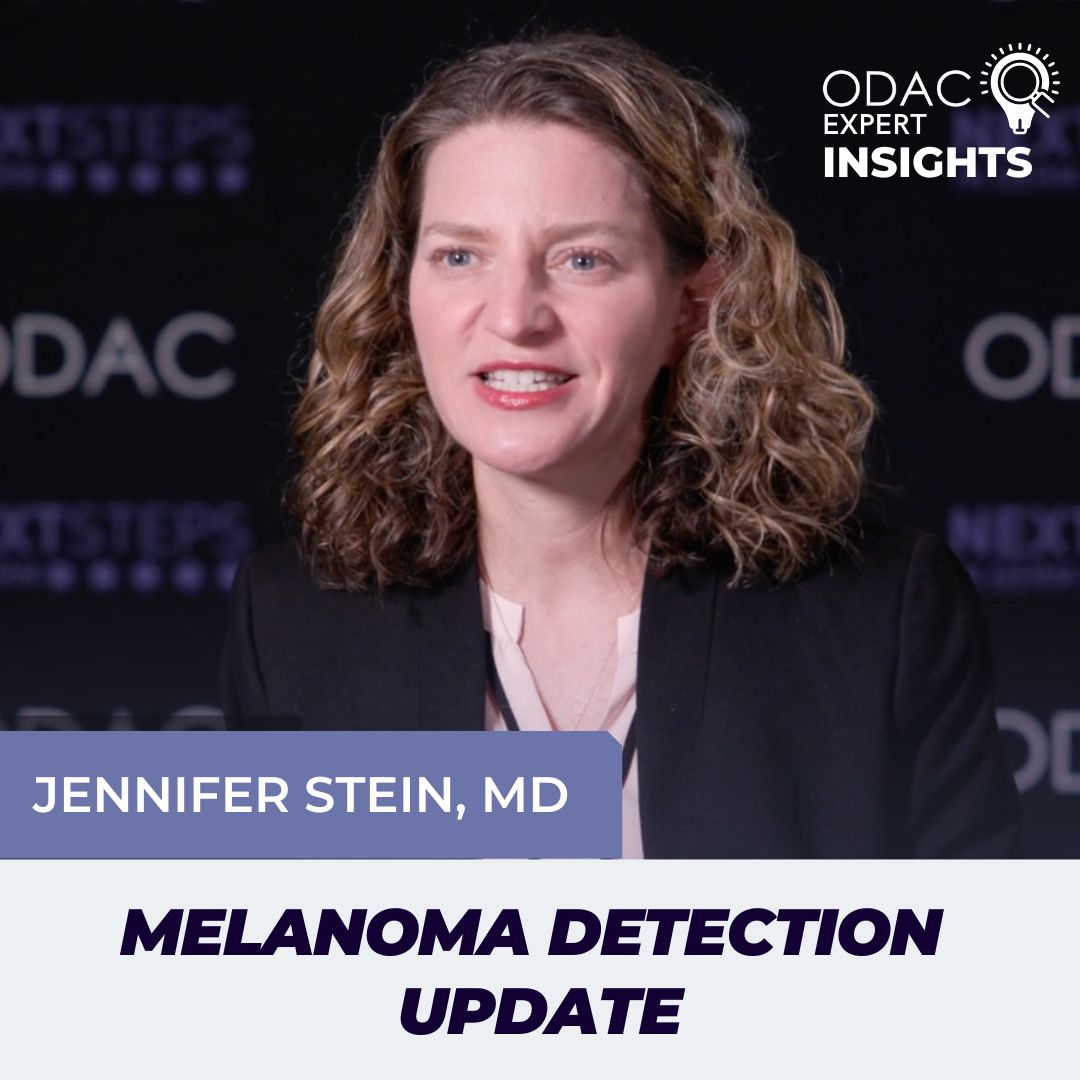Next Steps in Derm, in partnership with ODAC Dermatology, Aesthetic & Surgical Conference, interviewed Dr. Jennifer Stein, professor of dermatology at the Ronald O. Perelman Department of Dermatology at NYU Grossman School of Medicine. While there are new techniques to detect melanoma, Dr. Stein says some of the best techniques are actually old techniques that are reliable and useful. Watch as she details tape stripping (pigmented lesion assay), reflectance confocal microscopy and electrical impedance spectroscopy. Don’t forget about photography! Learn how simple imaging can help you find early melanomas.
Further Reading
If you want to read more about detecting melanoma, check out the following articles published in the Journal of Drugs in Dermatology:
Skin Cancer Screening Practices Among Dermatologists: A Survey Study
ABSTRACT
Background: The United States Preventative Task Force (USPTF) has concluded that the benefit of skin cancer screenings is inconclusive. A systematic review found that implementing skin cancer screening increased detection of in situ and thin melanoma, increased incidence of non-melanoma skin cancer detection, and decreased rates of thick melanoma. However, only one of the studies reviewed found a reduction in melanoma mortality. Evidence is notably unclear for the exact benefits of preventative skin cancer screening.
Objective: This study intends to discover the current skin cancer screening practices and recommendations of dermatologists.
Methods: A 20-question “Skin Cancer Screening Survey” was developed and sent to the American College of Mohs Surgery.
Results: 124 dermatologists completed the survey. The majority of physicians (77.4%) said they perform routine skin cancer screening exams. 37.9 % of respondents noted that they recommend routine skin cancer screenings to all their patients, while 27.4 % of participants recommend screening only patients with a risk factor. Most of the respondents (52.4%) stated that they do not follow any specific guidelines regarding routine skin cancer screenings. The majority selected that they usually perform full body skin exams (69.4%). Of those who answered that they do follow guidelines, most followed the American Academy of Dermatology guidelines (48.5%). 42.7% of respondents were aware of the USPTF recommendations regarding routine skin cancer screening.
Discussion: The results demonstrate variability in real world practice of skin cancer screening exams. There is imperative need for evidence-based uniform guidelines to drive accurate and unbiased preventative practice behaviors in the United States.
Addressing Disparities in Melanoma Recognition in Skin of Color
ABSTRACT
Melanoma is the third most common skin malignancy across all racial groups in the United States. While non-Hispanic white patients comprise the overwhelming majority of cases, morbidity and mortality remain disproportionately higher in minority populations.
Did you enjoy this video interview? Find more here.

